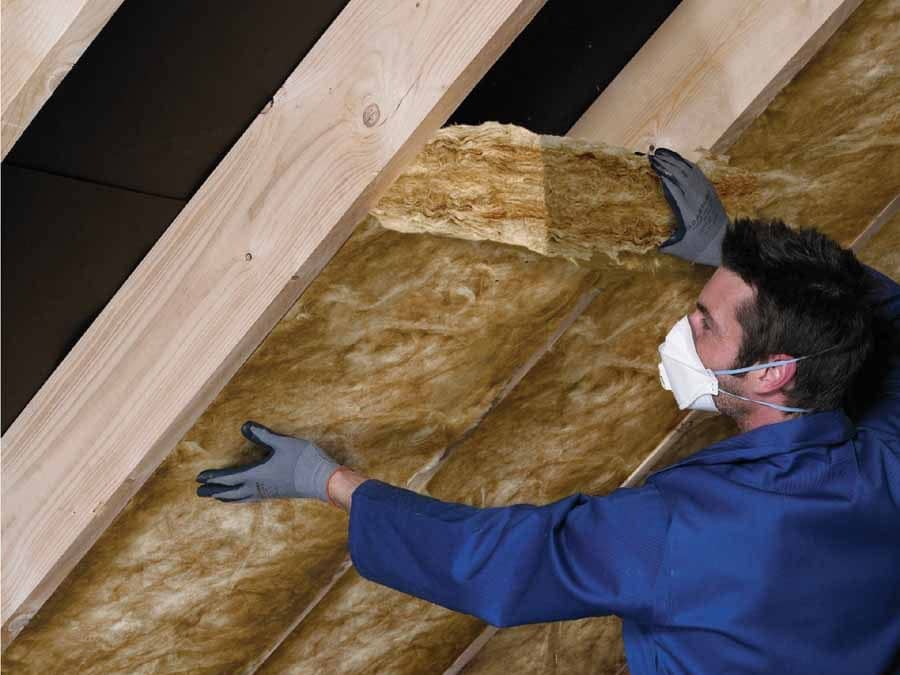The Lifespan of Styrofoam Insulation: How Long Can It Last?
Styrofoam insulation, also known as expanded polystyrene (EPS) insulation, is a popular choice for insulating buildings due to its excellent thermal properties and cost-effectiveness. However, one common question that arises is how long Styrofoam insulation can last. In this article, we will delve into the factors that affect the lifespan of Styrofoam insulation and provide you with valuable insights to help you make informed decisions.
- Material Composition:
Styrofoam insulation is composed of polystyrene, a durable and long-lasting material. Polystyrene is resistant to moisture, mold, and pests, which contributes to the longevity of Styrofoam insulation. When properly installed and maintained, Styrofoam insulation can last for several decades. - Installation Quality:
The lifespan of Styrofoam insulation is greatly influenced by the quality of installation. Improper installation techniques, such as inadequate sealing or gaps between insulation panels, can compromise its effectiveness and durability. It is crucial to hire experienced professionals who follow industry best practices to ensure a proper and long-lasting installation. - Environmental Factors:
Environmental conditions play a significant role in determining the lifespan of Styrofoam insulation. Exposure to extreme temperatures, UV radiation, and moisture can degrade the material over time. However, with advancements in manufacturing techniques, modern Styrofoam insulation is designed to withstand these environmental challenges better than older versions. - Maintenance and Care:
Regular maintenance and care can extend the lifespan of Styrofoam insulation. Inspecting the insulation for any signs of damage, such as cracks or water infiltration, and promptly addressing them can prevent further deterioration. Additionally, ensuring proper ventilation and moisture control within the building can help preserve the integrity of the insulation. - Building Design and Usage:
The lifespan of Styrofoam insulation can vary depending on the building design and its usage. Buildings subject to frequent temperature fluctuations or high levels of moisture may experience faster wear and tear on the insulation. Similarly, buildings with heavy machinery or equipment that generate vibrations can impact the insulation's longevity. Considering these factors during the design phase can help optimize the insulation's performance and lifespan.
Conclusion:
In conclusion, Styrofoam insulation can last for several decades when installed correctly and maintained properly. Factors such as material composition, installation quality, environmental conditions, maintenance, and building design all contribute to its lifespan. By understanding these factors and taking appropriate measures, you can maximize the longevity and effectiveness of Styrofoam insulation in your building, ensuring optimal energy efficiency and comfort for years to come.

Post Comment